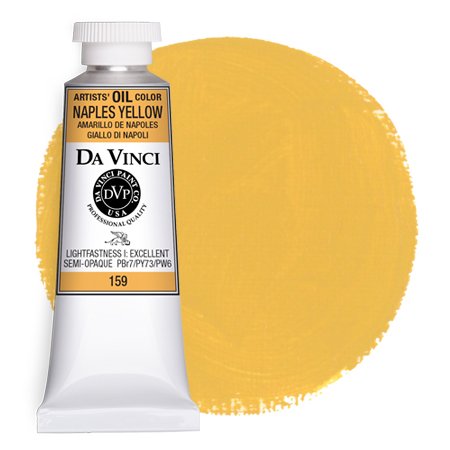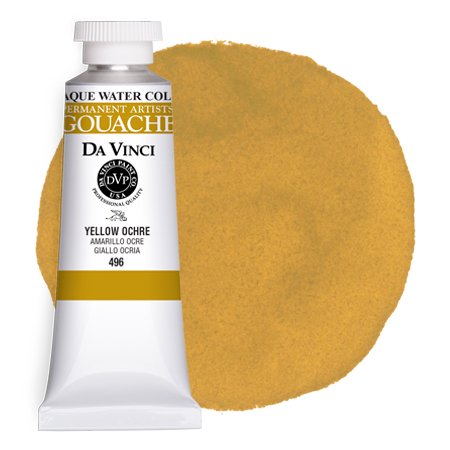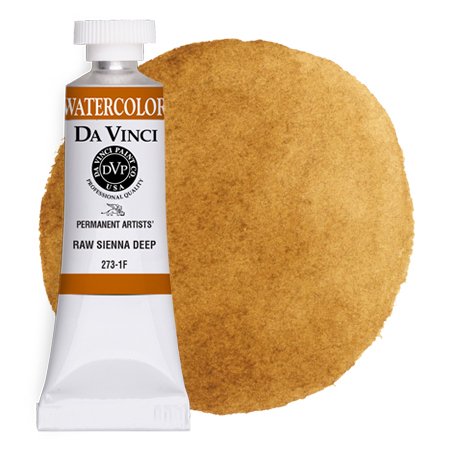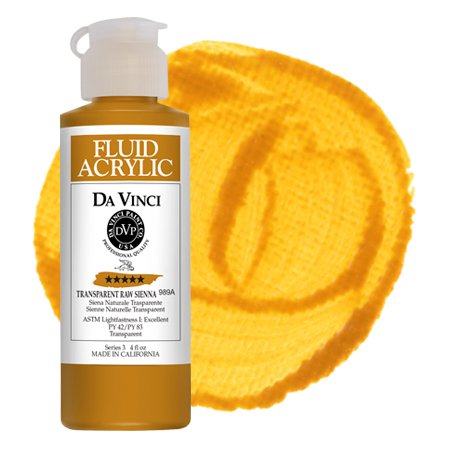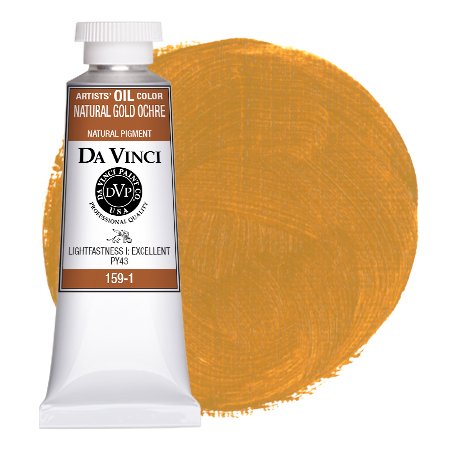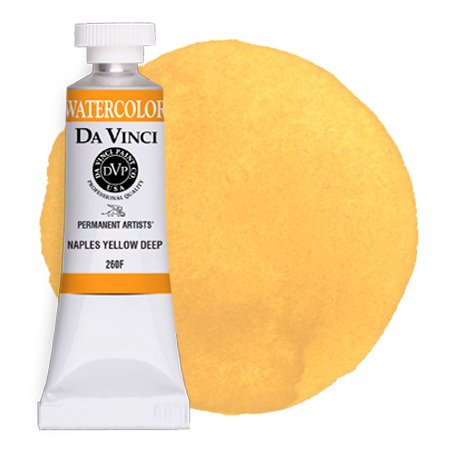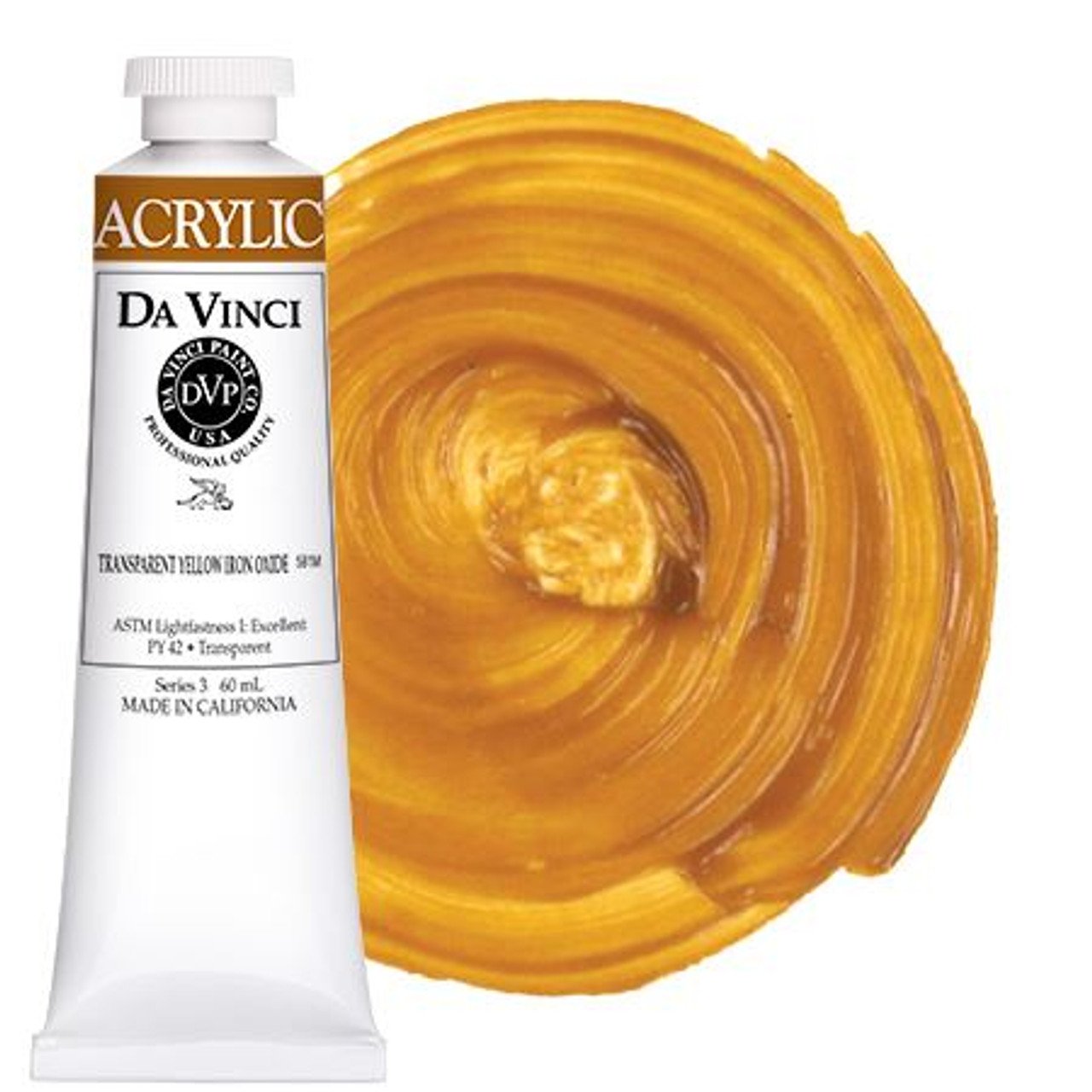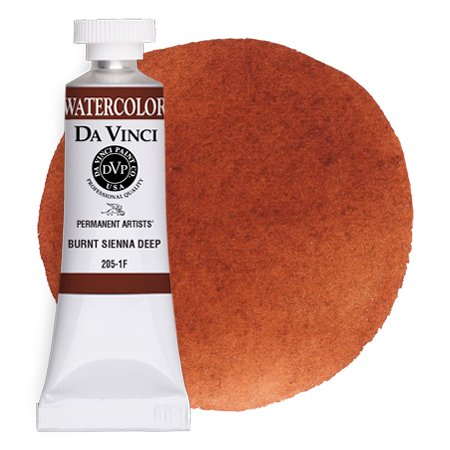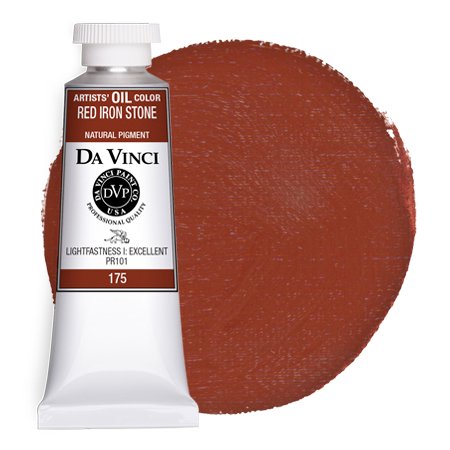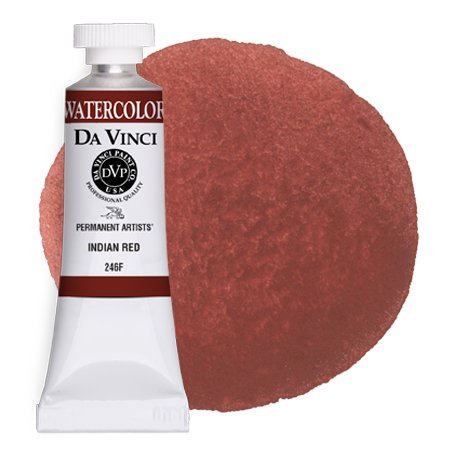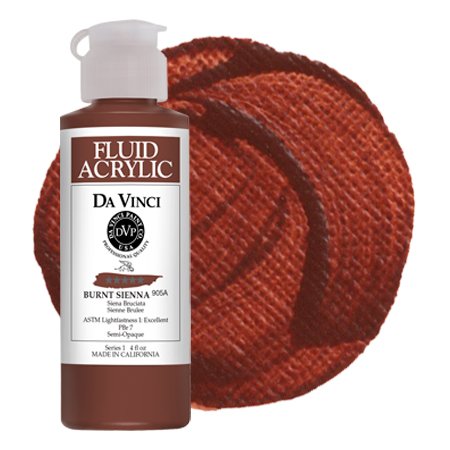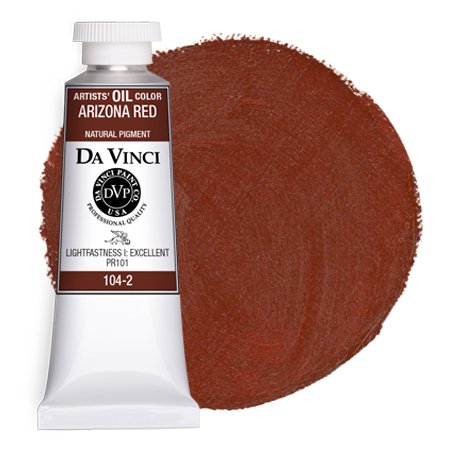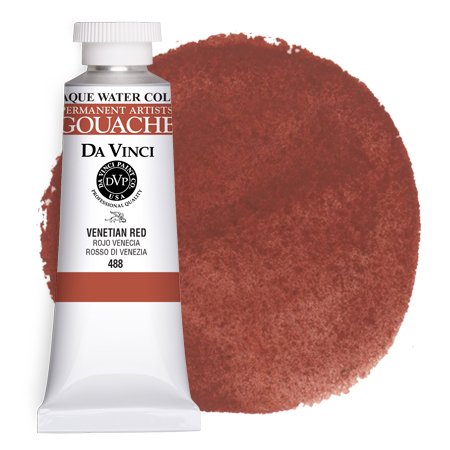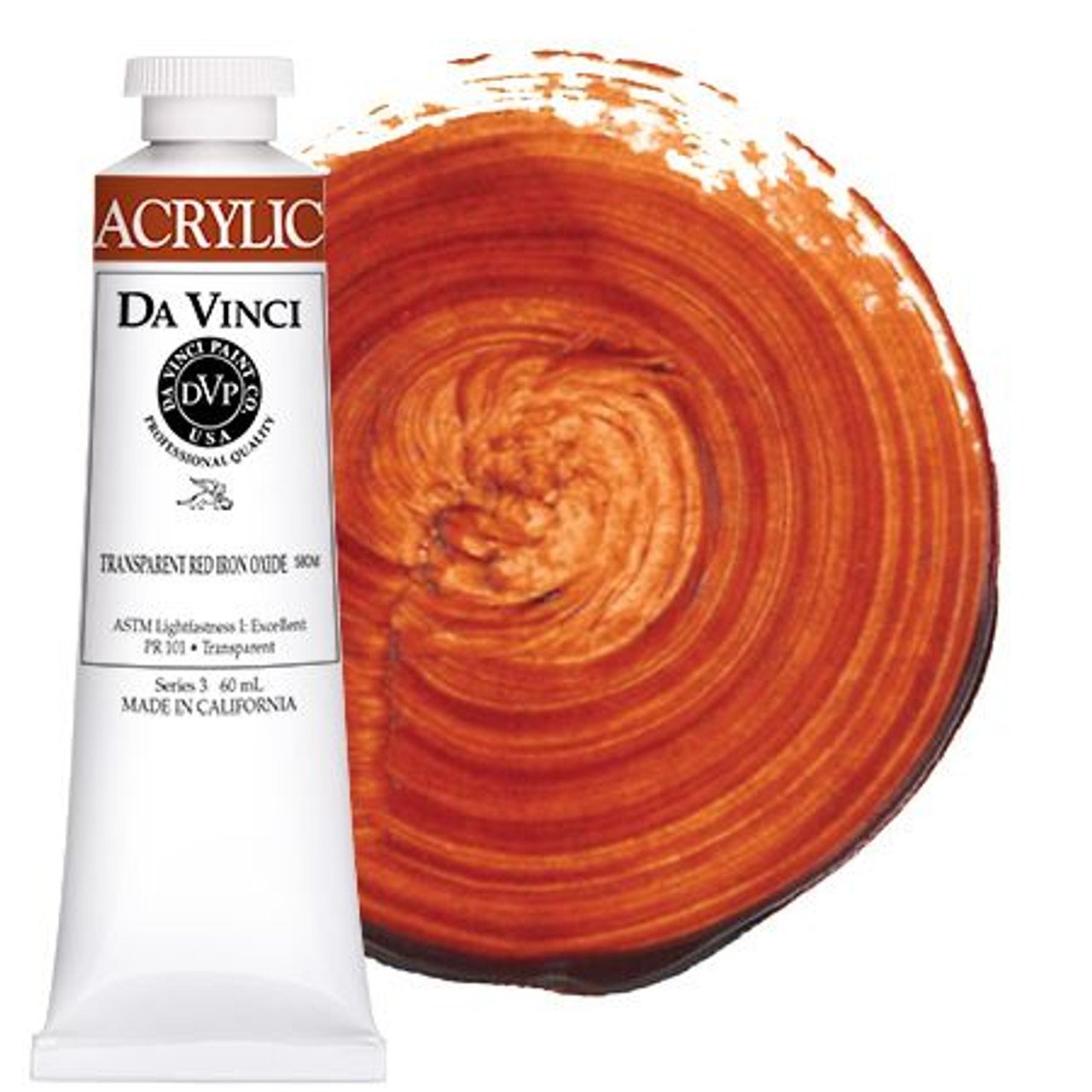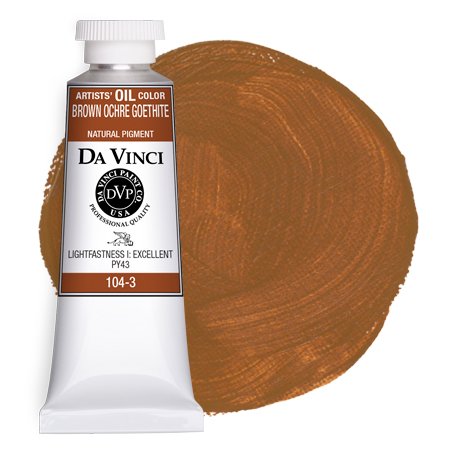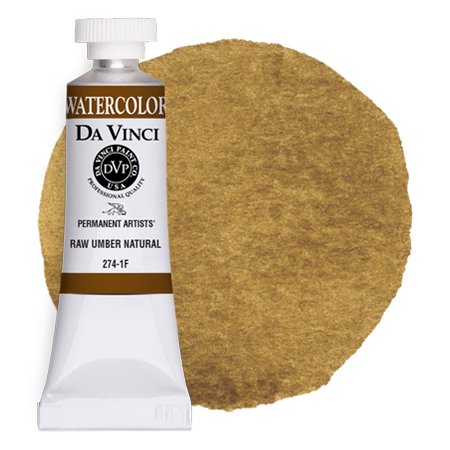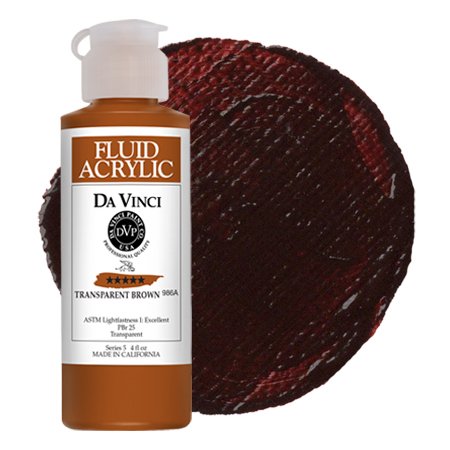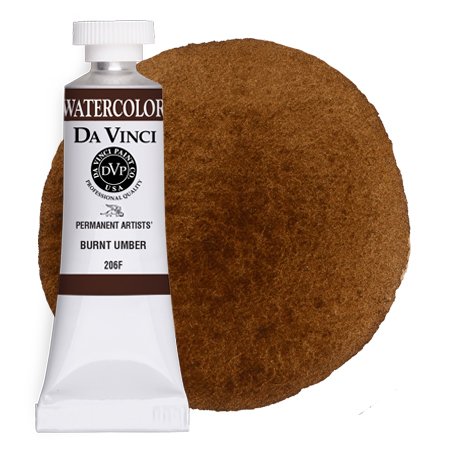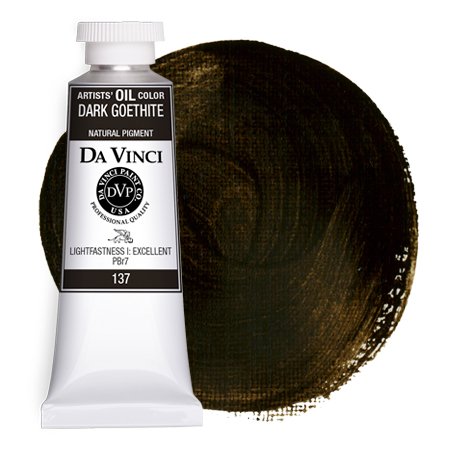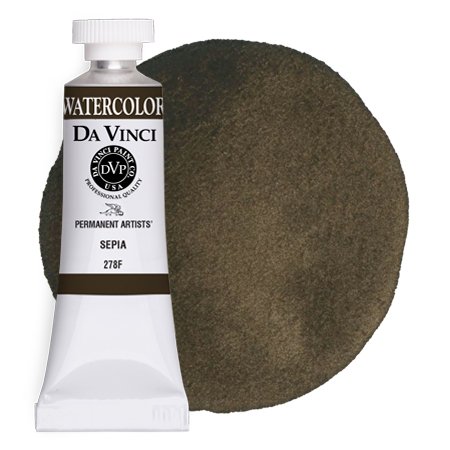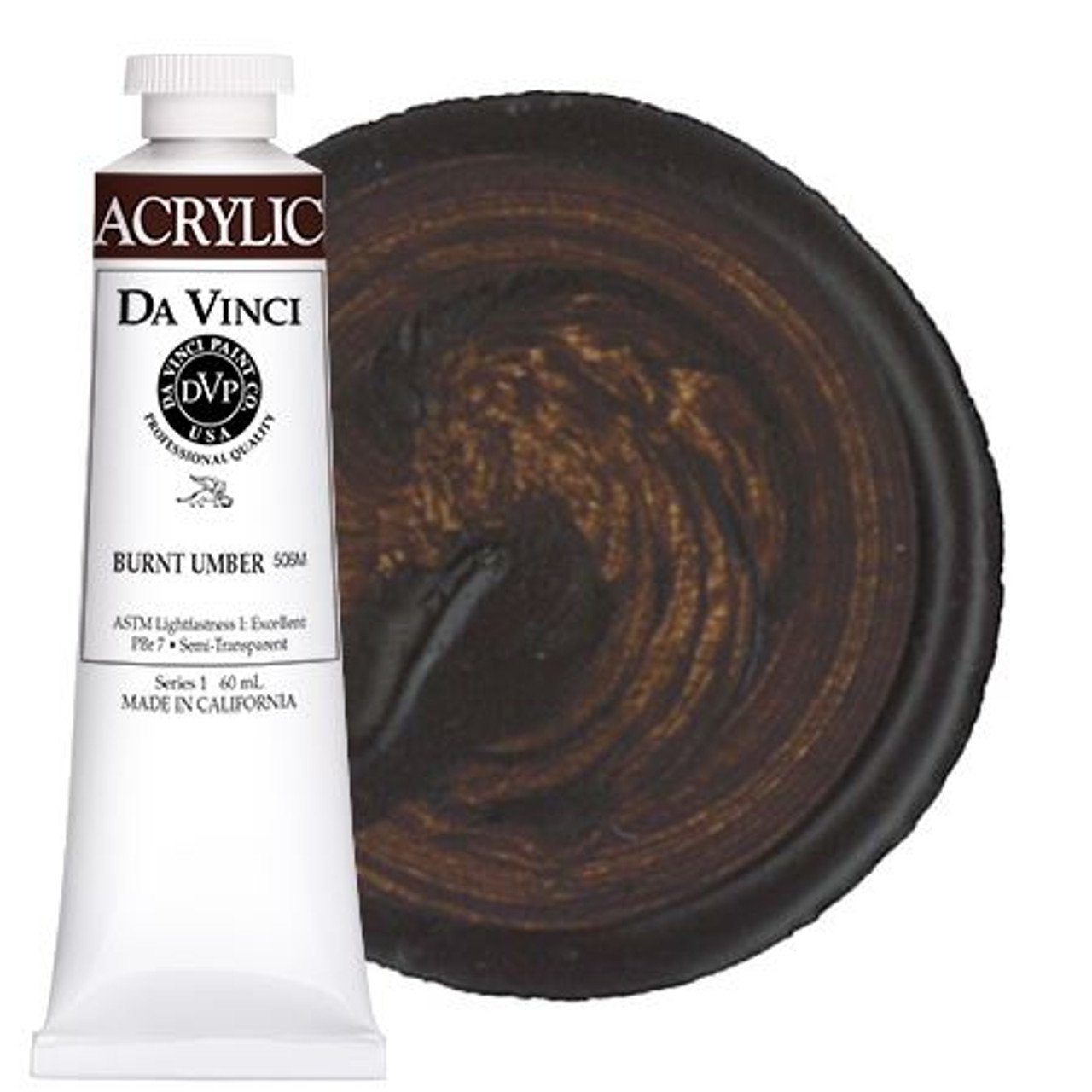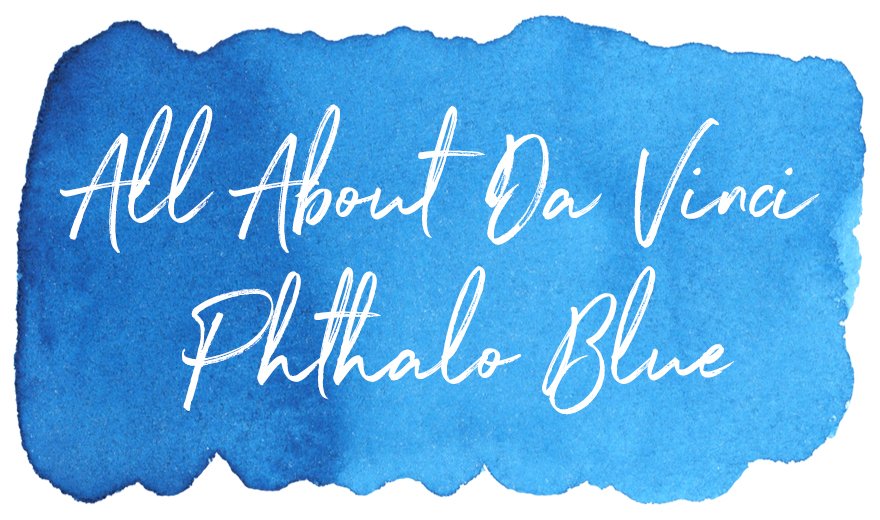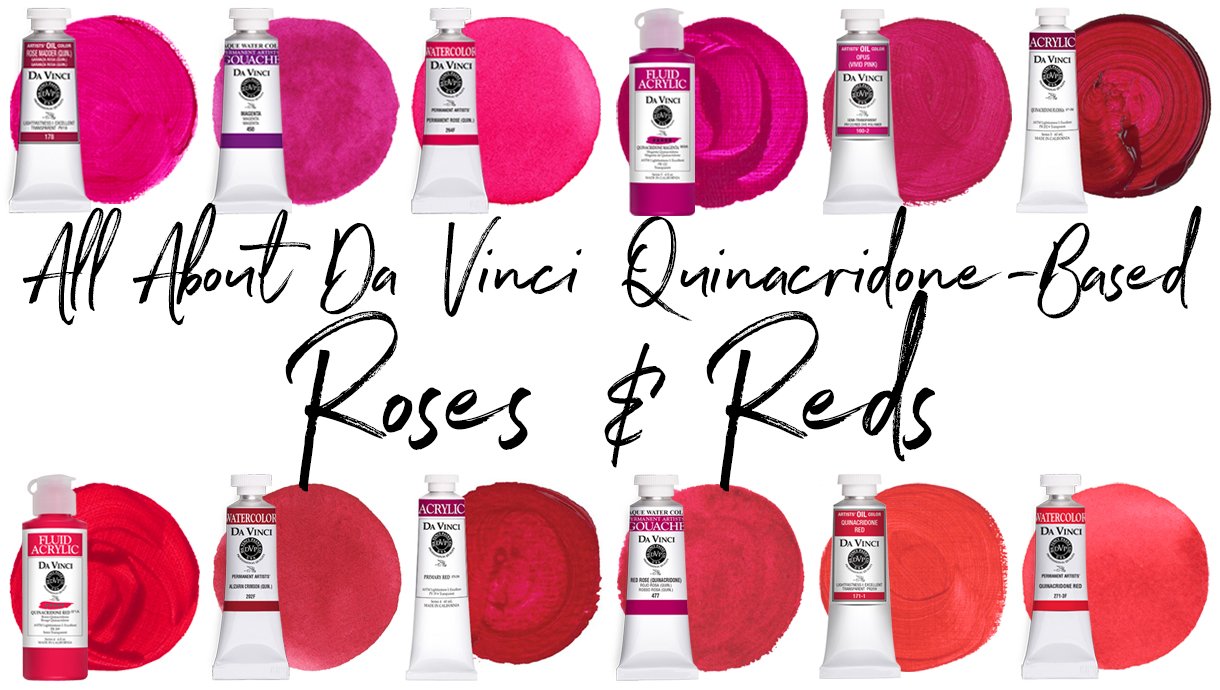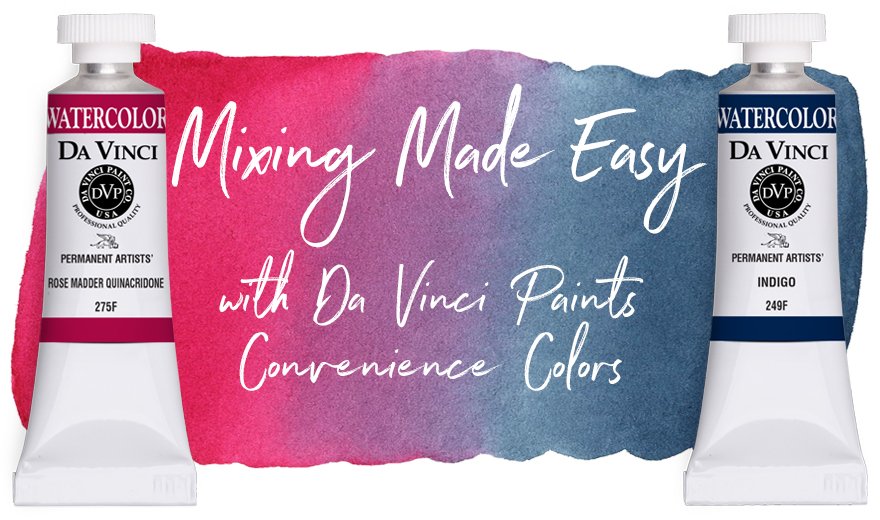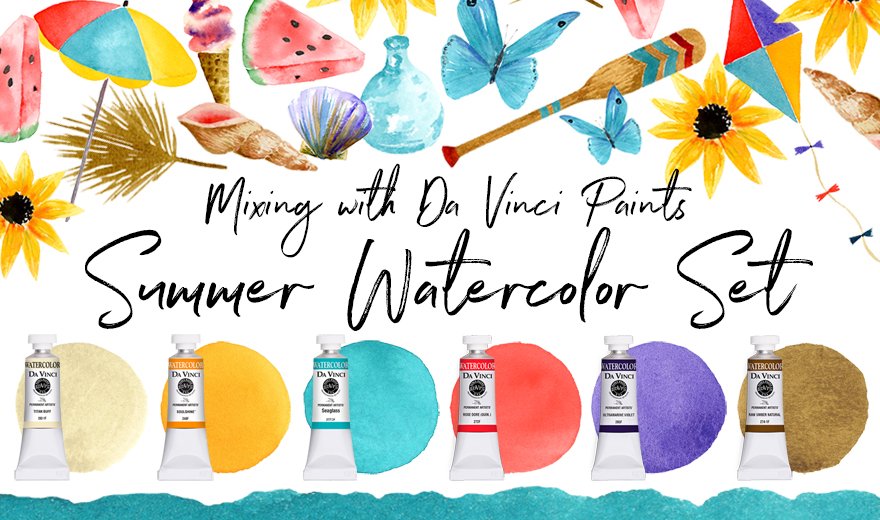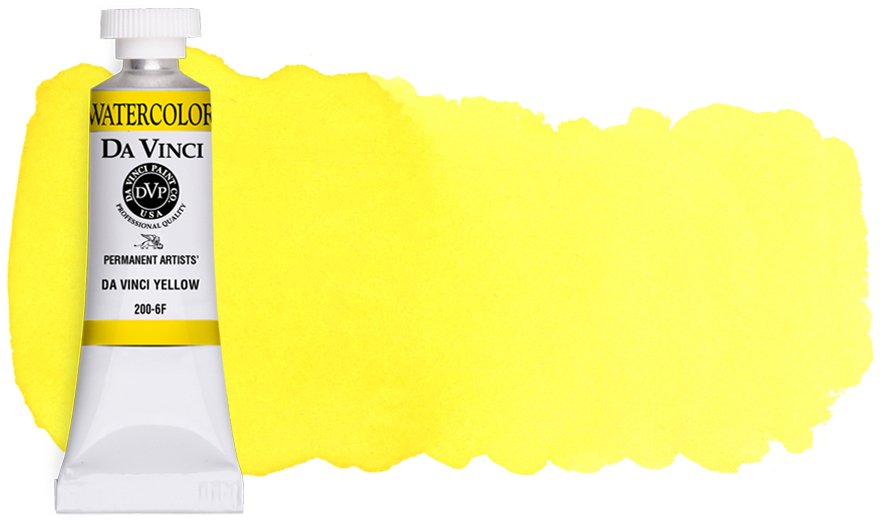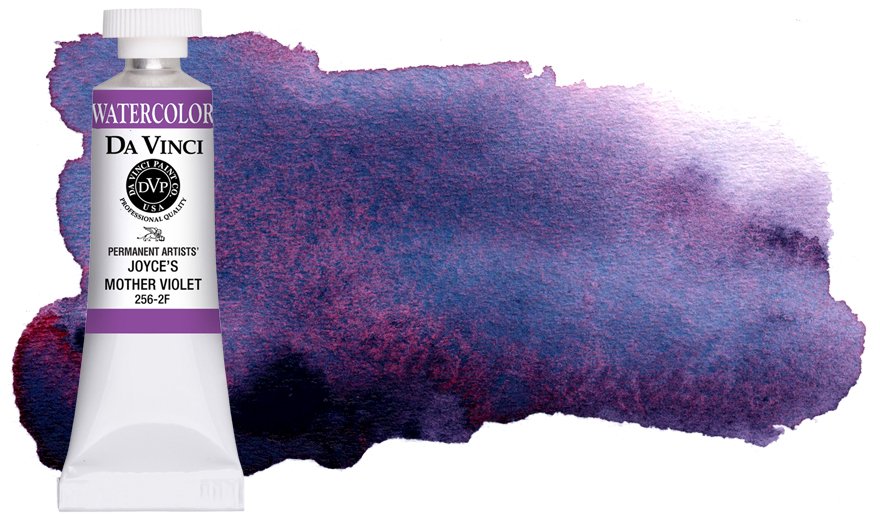Da Vinci Artist Earth Colors
The first day of autumn is behind us, and with the arrival of leaf piles, fallow fields, fallen acorns, and pumpkin spice everything, earth colors are perfect for painting the soft, serene elements of autumn. From palette standards like Burnt Sienna to fun finds like Mummy, Da Vinci Paints has plenty of earths to choose from—the hard part might be deciding!
Since earth tones comprise such a wide range of colors and options—from rich reds to golden ochres to the darkest browns—we’ve put together a brief guide to Da Vinci’s artist earth colors. To view Da Vinci Paints’ complete color collection for artists, visit our website.
An Ages-Long Love of Earths
Some of the earliest examples of art that have been found were created with earth’s naturally occurring pigments, and although artist colors are still derived from various soil pigments, modern synthetic earth colors have also proven to be excellent options for artists. Artist earth colors tend to be extremely lightfast and highly reliable, and just like the exposed canyons in a desert landscape, earth colors go far beyond tans and browns. The earth pigments’ wide range of offerings along with their highly rated permanence make these colors extremely useful for artists.
Yellow Earths for Artists
Although yellow earths aren’t the lightest earth colors for artists—for example, Titan Buff can be considered an earth color—earth yellows are among the most commonly used earths in a palette. Beautiful as stand-alone colors yet also multi-talented in mixes, yellow earths are often prized for their quick ability to mix sage and olive greens, warm roses and rusts, and even various grays along with many more colors.
Earth yellows range anywhere from buttery Naples Yellow to reddish-brown Raw Sienna and can have various undertones from green to red. These undertones can be useful in influencing mixes, so many artists keep more than one yellow earth in a palette.
Red Earths for Artists
Although earths are generally considered low chroma colors, red earths are among the most vibrant earths available. With undertones that vary from yellow to blue, earth reds can range from rusty oranges like Gold Sienna to muted maroons like Indian Red. The reddish coloration can be attributed to many factors like the presence of iron oxides in the pigment and/or the treatment of the pigment during production. For example, a yellow earth like Raw Sienna morphs into reddish-brown Burnt Sienna when heat is applied in production.
Highly prized for their rich beauty, red earths like Venetian Red quickly bring to mind the master paintings of the Renaissance. Red earths easily mix the deepest darks along with muted greens, grays, and browns, and we think no artist palette is complete without at least one red earth.
Brown Earths for Artists
Brown is never boring, especially when it comes from Da Vinci Paints! Some of the most variegated, interesting earths are in this category and have beautiful names that speak of their original origins like Madder, Goethite, and Hematite. Brown earth colors range from light and golden to so dark that they’re nearly black, and brown's ability to be viewed as a neutral without appearing gray make this color well suited for value studies, toning canvases, and more.
The warm, golden light that brown earths often display, especially in dilution or glazes, make these colors extremely useful when painting landscapes, wildlife, and portraits. Brown watercolor earths that granulate can be excellent aids to painting freshly plowed fields, sandy dunes, muddy riverbanks, and more.
More Earthy Options
The suggestions above—yellow, red, and brown earths—are a nice earthen triad to keep in a palette, but these three categories certainly can’t define all of the earth colors available to artists. For example, violets like Violet Iron Oxide and darks like Magnetite Genuine could easily be considered earths because of their low chromas, historical ties to their original earth-derived pigments, or simply their ability to resemble the color and/or texture of earth’s surface. Also, nearly any color in a palette can be muted or darkened in a mix to function as an earth. These three, simplified classifications are nothing more than a general guide to explore the wonderful array of earth colors available to artists.
To learn more about Da Vinci Paints’ amazing earth colors, click on any of the images in this post to visit our main website.
SUBSCRIBE TO DA VINCI PAINTS
Receive notifications of new posts & promotional offers.
Da Vinci Paints never shares subscriber information.
We'd love to see what you create with Da Vinci Paints! Be sure to follow & tag us on social media.
@DaVinciPaints #DaVinciMoment



